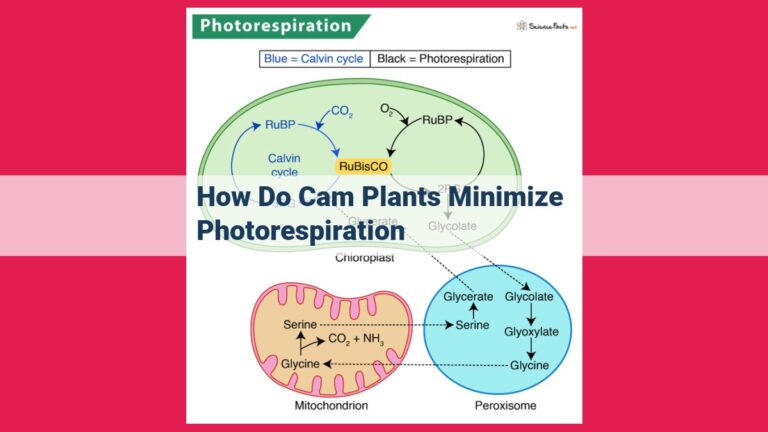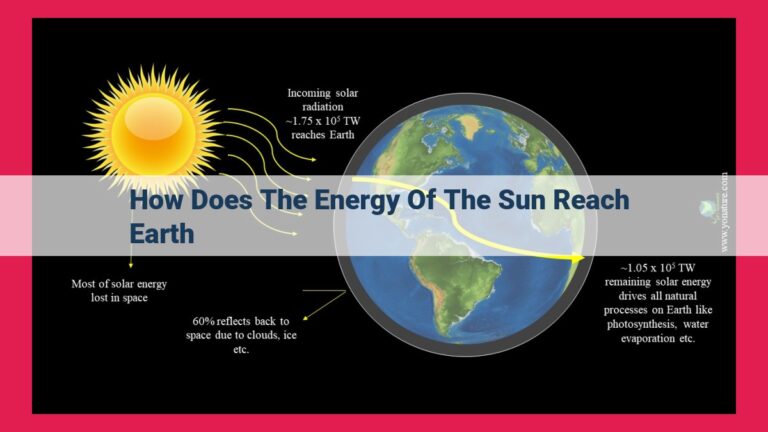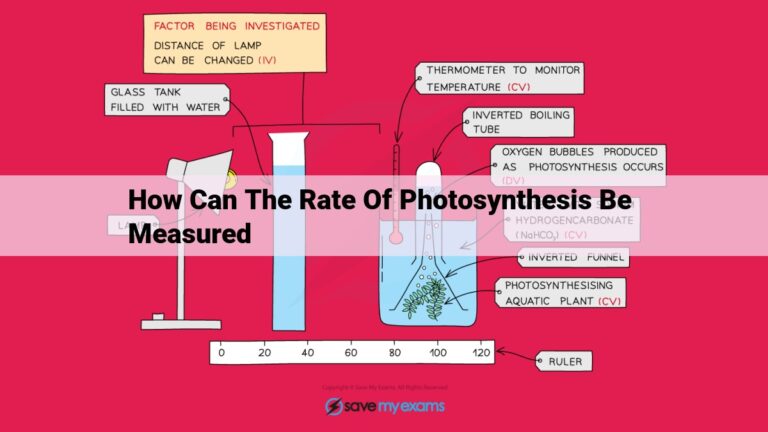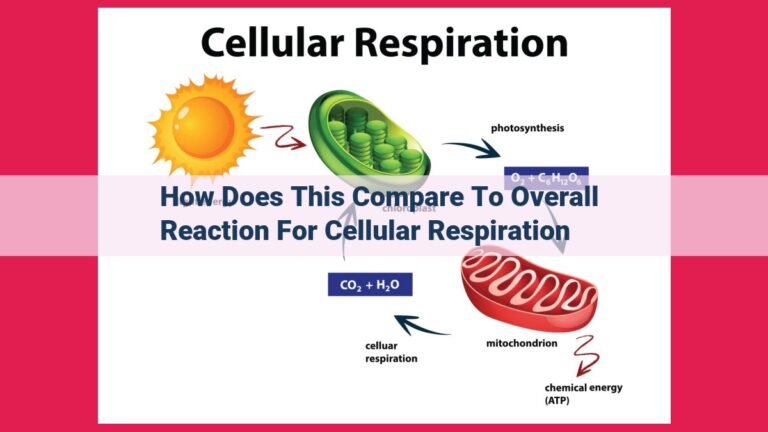Sustainable Management Of Renewable Resources To Prevent Nonrenewability
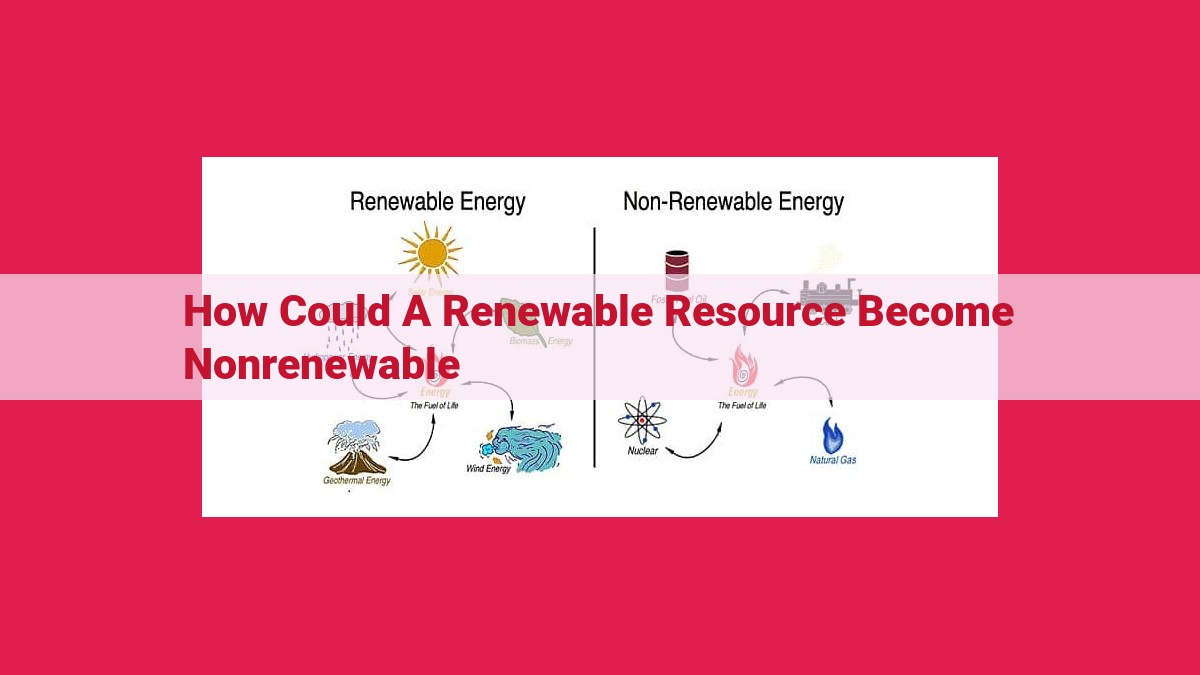
Renewable resources can become nonrenewable if their depletion rate surpasses their replenishment rate. This can result from over-exploitation, improper management, population growth and consumption, technological advancements, external factors (e.g., climate change), and the finite nature of some resources. Conservation measures, resource management, and innovation are crucial for ensuring the sustainability of renewable resources and preventing their transition to nonrenewable status.
Depletion Rate Exceeds Replenishment Rate: Unveiling the Sustainability Crisis
In the tapestry of our planet, nature’s resources intertwine like vibrant threads, woven into the fabric of life. Among these threads, renewable resources hold a unique distinction: their ability to replenish themselves naturally over time. Yet, a grim reality looms when the relentless rate of depletion outstrips nature’s rate of replenishment, casting a shadow over the sustainability of these invaluable assets.
Sustainability: A Balancing Act
Sustainability embodies the harmonious equilibrium between resource use and replenishment, ensuring the availability of essential resources for present and future generations. It’s a delicate dance, where resources are utilized without compromising their ability to regenerate for the benefit of those who follow in our footsteps.
Resource Management: A Vital Tool
To safeguard the sustainability of renewable resources, resource management emerges as a crucial strategy. By implementing conservation measures, we can minimize waste, reduce overconsumption, and ensure responsible stewardship of these precious gifts. Sadly, when over-exploitation reigns supreme, the consequences can be dire.
Consequences of Over-Exploitation
When resource consumption exceeds replenishment rates, a ripple effect of consequences can ensue. Essential resources dwindle, their availability becomes compromised, and environmental degradation casts its insidious shadow. The result? An imbalance that threatens the wellbeing of both nature and human society.
Overuse and Mismanagement: How Renewable Resources Turn Nonrenewable
Renewable resources are essential for sustaining life on Earth, providing us with a plethora of materials, energy, and sustenance. However, their sustainability is contingent on our mindful use and management. When we overexploit or mismanage these resources, we risk depleting them to the point of exhaustion, effectively transforming them into nonrenewable commodities.
Instances of Resource Misuse and Inefficient Practices
Numerous instances of resource misuse litter our history. One glaring example is the overfishing of marine ecosystems. Driven by insatiable demand and unsustainable fishing practices, we’ve pushed fish populations to the brink of collapse, jeopardizing the livelihoods of coastal communities and disrupting marine biodiversity.
Another example is the unsustainable logging of forests. When forests are cleared faster than they can regenerate, they lose their ability to sequester carbon, regulate water cycles, and provide habitat for countless species. This has dire consequences for climate change mitigation and biodiversity preservation.
Improper Waste Disposal and Environmental Degradation
Our improper waste disposal practices also contribute to resource depletion. When we discard plastics, electronics, and other non-biodegradable materials into landfills, we pollute ecosystems and impair the regeneration of natural resources. These pollutants leach into soil and water sources, contaminating resources we rely on for sustenance and livelihoods.
The Role of Pollution in Severing Resource Renewal
Moreover, pollution can hinder the renewal of resources. Acid rain, for example, caused by industrial emissions, can damage forests and water bodies, disrupting their natural productivity. Climate change, driven by greenhouse gas emissions, alters weather patterns, leading to extreme events like droughts and floods that can further compromise resource availability.
Overuse and mismanagement can transform renewable resources into nonrenewable ones, jeopardizing our future prosperity and the well-being of generations to come. It’s imperative that we adopt sustainable practices, implement resource management strategies, and reduce our environmental footprint. By cherishing our natural resources and managing them wisely, we can ensure their longevity for current and future generations.
Population Growth and Consumption: The Silent Depletion of Renewable Resources
As the human population continues to soar, the demand for resources grows exponentially. This relentless pursuit of economic prosperity is placing an unprecedented strain on the Earth’s finite renewable resources.
One of the most pressing concerns is the relationship between population concentration and resource consumption. Urban areas, with their high concentrations of people, create an intense demand for resources. This demand can quickly outpace the natural replenishment rate, leading to the depletion of renewable resources.
Compounding this problem are lifestyle choices and consumer habits. The pursuit of material wealth and comfort often leads to excessive consumption, particularly in developed nations. This overconsumption puts an enormous strain on forests, fisheries, and water resources.
For example, the excessive consumption of paper products is contributing to the deforestation of vast swaths of land. The growing demand for seafood is leading to the overfishing of oceans, depleting fish populations and disrupting marine ecosystems. And the increasing use of fossil fuels for transportation and energy generation is contributing to climate change, which is having a devastating impact on water resources and agricultural productivity.
It is imperative that we recognize the unsustainability of our current patterns of consumption. By reducing waste, adopting more eco-friendly lifestyles, and supporting renewable energy sources, we can help to conserve our precious renewable resources and ensure their availability for future generations.
Technological Advancements: A Lifeline for Depleting Resources
In a world grappling with the consequences of over-exploitation and unsustainable practices, technological advancements emerge as a beacon of hope. Innovation and ingenuity have the potential to transform our relationship with resources, enabling us to minimize waste, enhance efficiency, and even substitute for depleting materials.
One significant way in which technology can aid in resource conservation is through increased efficiency. By developing more efficient technologies, we can reduce our overall resource consumption for various tasks. For example, advancements in lighting technology have led to the widespread adoption of LED bulbs, which consume significantly less energy than traditional incandescent bulbs.
Another avenue for technology to make a difference is through substitution. When a renewable resource becomes scarce, technology can provide us with alternative materials or processes to take its place. Biodegradable plastics, for instance, have emerged as a sustainable substitute for traditional plastics, which contribute to environmental pollution and resource depletion.
Furthermore, resource exploration plays a crucial role in ensuring the availability of resources. Advanced technologies such as satellite mapping and seismic imaging have enhanced our ability to identify new resource deposits. This, combined with sustainable extraction practices, can help prolong the lifespan of our finite resources.
As we embrace the power of technology, it becomes essential to emphasize the importance of responsible use. Substitution, while a promising solution, should not be seen as an excuse for unchecked consumption. Instead, we must strive for a holistic approach that integrates technological advancements with sustainable resource management practices.
By harnessing the potential of innovation and technology, we can mitigate the challenges posed by resource depletion and create a more sustainable future. It is up to us to ensure that these advancements become the catalysts for progress, not the enablers of further resource exploitation.
How Climate Change and Other External Factors Can Turn Renewable Resources Nonrenewable
When we think of renewable resources, we often envision an endless supply of water, clean air, and lush forests. However, even these seemingly inexhaustible resources can become nonrenewable under certain circumstances, one of which is external factors such as climate change.
Climate change, along with natural disasters, habitat loss, and species extinction, poses significant threats to the availability and replenishment of renewable resources like water and forests. Extreme weather events such as hurricanes, floods, and droughts can damage infrastructure, contaminate water sources, and destroy ecosystems that provide essential resources.
Furthermore, habitat loss and species extinction disrupt the delicate balance of ecosystems, impacting the availability of resources like food, water, and fertile soil. As biodiversity declines, the services provided by these ecosystems, such as water filtration, carbon sequestration, and pollination, become compromised.
One alarming example of this is the loss of coral reefs. Coral reefs are highly productive ecosystems that provide a habitat for diverse marine life and protect coastal areas from erosion. However, warming ocean temperatures and ocean acidification due to climate change are causing widespread coral bleaching and mortality, threatening the future of these essential resources.
By understanding the impact of external factors on renewable resources, we can take steps to mitigate these threats. Climate change adaptation measures, such as improving water storage infrastructure and restoring critical habitats, can help us maintain the availability of these resources for future generations.
The Finite Nature of Some Resources: A Cautionary Tale
In the realm of natural resources, the distinction between renewable and non-renewable resources holds profound implications. Renewable resources, such as sunlight, wind, and water, replenish themselves over time. Non-renewable resources, on the other hand, are finite in quantity. Once extracted, they cannot be naturally replenished within a human timescale.
The finite nature of non-renewable resources poses a significant challenge for both present and future generations. Resource scarcity arises when demand for a non-renewable resource exceeds its availability. Such scarcity can drive up prices, exacerbate inequality, and compromise economic stability.
Conservation emerges as a crucial strategy for addressing resource scarcity. By minimizing consumption through responsible resource management, recycling, and technological advancements, we can extend the lifespan of these finite resources. Moreover, intergenerational equity demands that we prioritize the needs of future generations by using resources judiciously and ensuring their equitable distribution.
In the tapestry of sustainability, the finite nature of some resources weaves an undeniable thread. It reminds us that our collective actions hold immense sway over the well-being of not only ourselves but also those who will inherit our precious planet. As stewards of our shared resources, let us strive to tread lightly, conserving the bounty of the Earth for generations to come.
